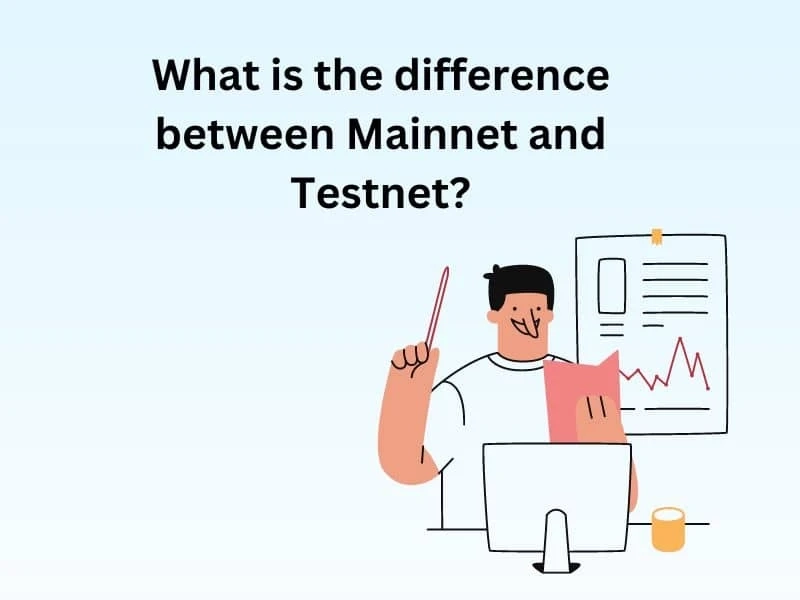What is the difference between Mainnet and Testnet?
If you are new to blockchain technology, you may have heard of Mainnet and Testnet but are not entirely sure what they are. In this blog section, we will explore the core differences between mainnet and testnet networks, including their primary functions and relevant use cases.



